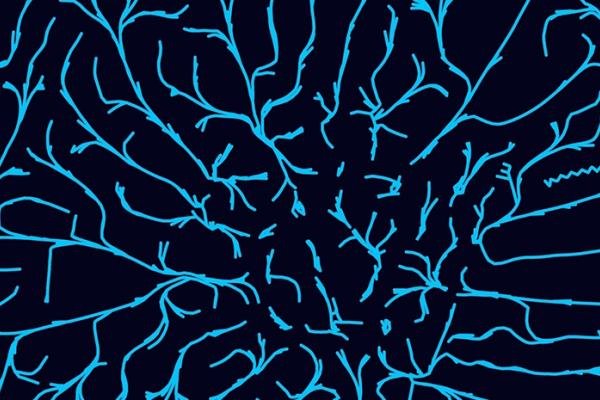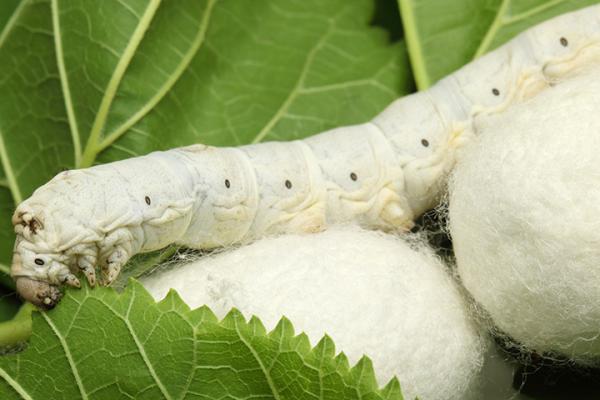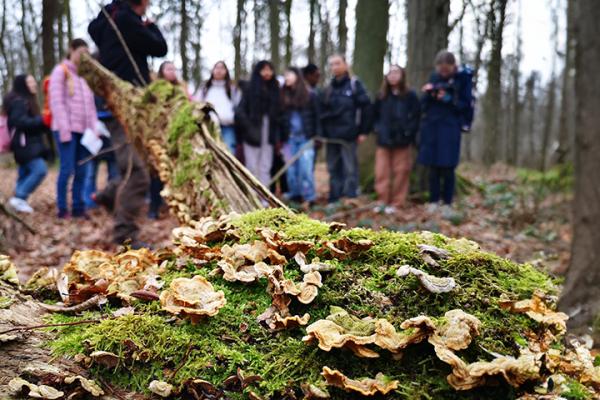Sharing data between researchers too often an afterthought in rare disease work – Prof. Hanns Lochmüller
The IRDiRC was established with the ambitious goal of finding treatments for 200 rare diseases by 2020. How is that going?
‘That goal has been reached! It’s more than 200 by now. When the goals were set five years ago there was a bit of disbelief that this was achievable but it was reached by the end of last year.
‘There was a large IRDiRC conference in France two weeks ago that basically said, “Now we’ve got the 200 therapies, so what’s next?” There are 7 000 rare diseases out there. If you continue at that rate - 200 rare disease treatments in five years - then you can estimate that it will probably take more than 100 years until every rare disease has got a therapy.
‘So that is clearly not ambitious enough. For the next 10 years, up to 2027, the goal is to bring 1 000 new therapies on the market, which is a real step up and needs disruptive technology really to achieve it.
‘The other goal that is also quite important is to find the diagnosis for most rare diseases. It is a difficult-to-achieve goal because there are more and more genes being discovered and more and more rare diseases, so it’s a bit of a moving target. The other problem now is that while we know a lot more genes, patients still potentially wait years until they get a diagnosis. So making sure that everybody is diagnosed within a few months or within a year or so is now also probably part of the forthcoming goals.
‘These goals are still being discussed and refined but I think in the next few months or so we’ll come out with a statement of what these next goals are for IRDiRC.’
By their nature, rare diseases don’t affect many people. Are there wider advantages to studying them?
‘Each rare disease is individually rare but collectively the 7 000 different rare diseases altogether make about 8 % of the population. Because they’re chronic and disabling, they often come with high healthcare costs (which) makes about 20 % of the healthcare budgets of western countries. So it’s not a small problem to start with.
‘Secondly, once you have found out and tackled a certain pathway - the biological mechanism behind a disease - in a certain rare disease effectively, then that often gives you a handle on a more common disease that involves the same pathway, which is otherwise more difficult to tackle because many different factors play a role in more common diseases.’
How useful is it for people who study one rare disease to see data from patients with other rare diseases?
‘There are all sorts of reasons why potentially you want to pull knowledge together and group diseases. (The) grouping (could be) according to a larger theme, often traditional medical disciplines like brain diseases or liver diseases or blood diseases, or it could be according to aetiologies - causes - (such as) autoimmune diseases or genetic diseases or infectious diseases, or it could be a combination of both. Or you might have a certain molecular pathway in one person causing a bone disease, and in another person causing a muscle disease, they could both potentially be treatable with the same type of drug that interferes with that pathway.
“'For the next 10 years, up to 2027, the goal is to bring 1 000 new therapies on the market.'
‘Certainly if it comes to technology then there are problems that everyone studying a rare genetic disease, for example, is facing. If you think about genome sequencing, where you want to find the underlying genetic cause, then you need certain technologies and tools to make sense of this data. Independently of whether you start out with a bone disease or a muscle disease, it always needs the same sort of infrastructure and technology and informatics tools to potentially discover the one variant or mutation that causes the disease in your patient.’
Are researchers happy to share data?
‘People generally agree that in rare disease research, data sharing is important. Certainly the patients are very keen to have their data shared in safe ways so that more research can be done and advances can be made. But data sharing is unfortunately still in many research projects an afterthought. You do your experiments first, you sequence all your patients, and then at the end towards when you want to publish your findings you think about sharing the data.
‘That’s what the funders should start thinking about, not only writing in their grant agreements that data should be shared but also being more specific about it. If you get a certain percentage of your budget for your data management plan and this is only given to you once you have handed over the data successfully to a publicly accessible repository (for authorised users) - then I think that will go a long way.’
You’ve been funded by the EU to run the RD-Connect project, which is building a database for rare disease data, along with analytical tools. Why is this needed?
‘Many of the datasets are not stored in a way that you can share them in the first place, they are not standardised, not in the right format and don’t have the right ethical and legal requirements including consents to be shared. So there’s a lot of work that we’ve done in this area, making sure that data standards are in place and that patients understand and have consented to sharing.
‘RD-Connect is not just another genomics database, because there are quite a few around. It’s in fact a database or platform where the genetic data from next-generation sequencing gets integrated in a meaningful way with other data, particularly clinical data, on a per-patient level. We also integrate information from biobanks, where there are additional samples available to do confirmatory tests, and information from patient registries which have lots of valuable data about a patient’s clinical symptoms. That’s where the output becomes so much more meaningful.’
How can researchers use the database to help with their work?
'You can go through a user-friendly interface, from your computer in your clinic or from your computer at home, (and) once you have the credentials to do that, you can go in and analyse your data.
‘The first thing people are usually interested in is to find the underlying genetic defect of someone with a specific rare disease. You can pull in the patient’s genomic dataset, plus any relatives who you know the clinical status for, and you can also pull in the clinical data and use tools that help you work out which of the thousands of (genetic) variants you see in the patient is responsible for their condition. So that’s the first standard use case, diagnosing the patient.
‘Not every patient with that particular gene defect has exactly the same severity of the disease, so there are other genes in the genome playing a role, so-called modifier genes. And if you want to look for those, you can also do that type of work on the platform. In the future it will also be possible to compare expression data from tissues of the patient, or blood of the patient, with the genome information.'
Have there been any results so far from this data sharing, any discoveries?
‘Several new causative genes have been identified that are now published or on the way to being published. So patients have received new genetic diagnoses, and the more data is submitted to this platform, the more likely it is to get more such findings and results. There’s obviously a critical threshold so if you only have a couple of hundred exomes (the active part of a genome) in your database then the likelihood that you find a match is pretty low. As soon as you get a few thousand it gets better and then if you reach maybe 10 000 or more then actually you have critical mass. We have a few thousand exomes already in the database from different research projects and several thousand more are coming in this year.
The Issue
Rare diseases are those which affect fewer than five in 10 000 people, but there are thousands of such conditions. Altogether, it’s thought that between 27 and 36 million people in the EU are affected.
Diseases range from Asrskog-Scott syndrome, a growth disorder affecting mostly boys, to Zollinger-Ellison syndrome, where tumours in the digestive system result in the overproduction of stomach acid.
The EU aims to pool resources between rare disease researchers in order to share expertise and information across borders. In 2011, the EU and the US National Institutes of Health established the International Rare Diseases Research Consortium to deliver 200 new therapies for rare diseases and the means to diagnose most rare diseases by 2020.
If you liked this article, please consider sharing it on social media.





